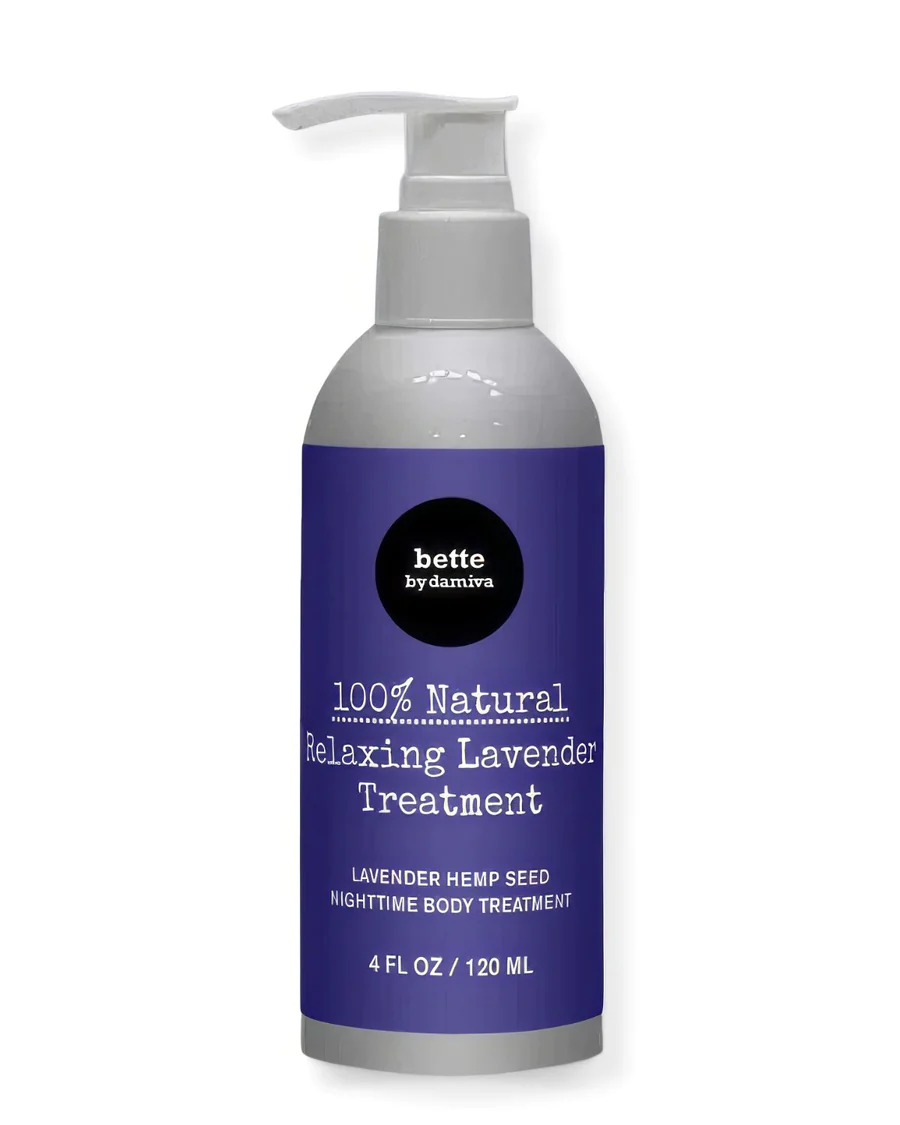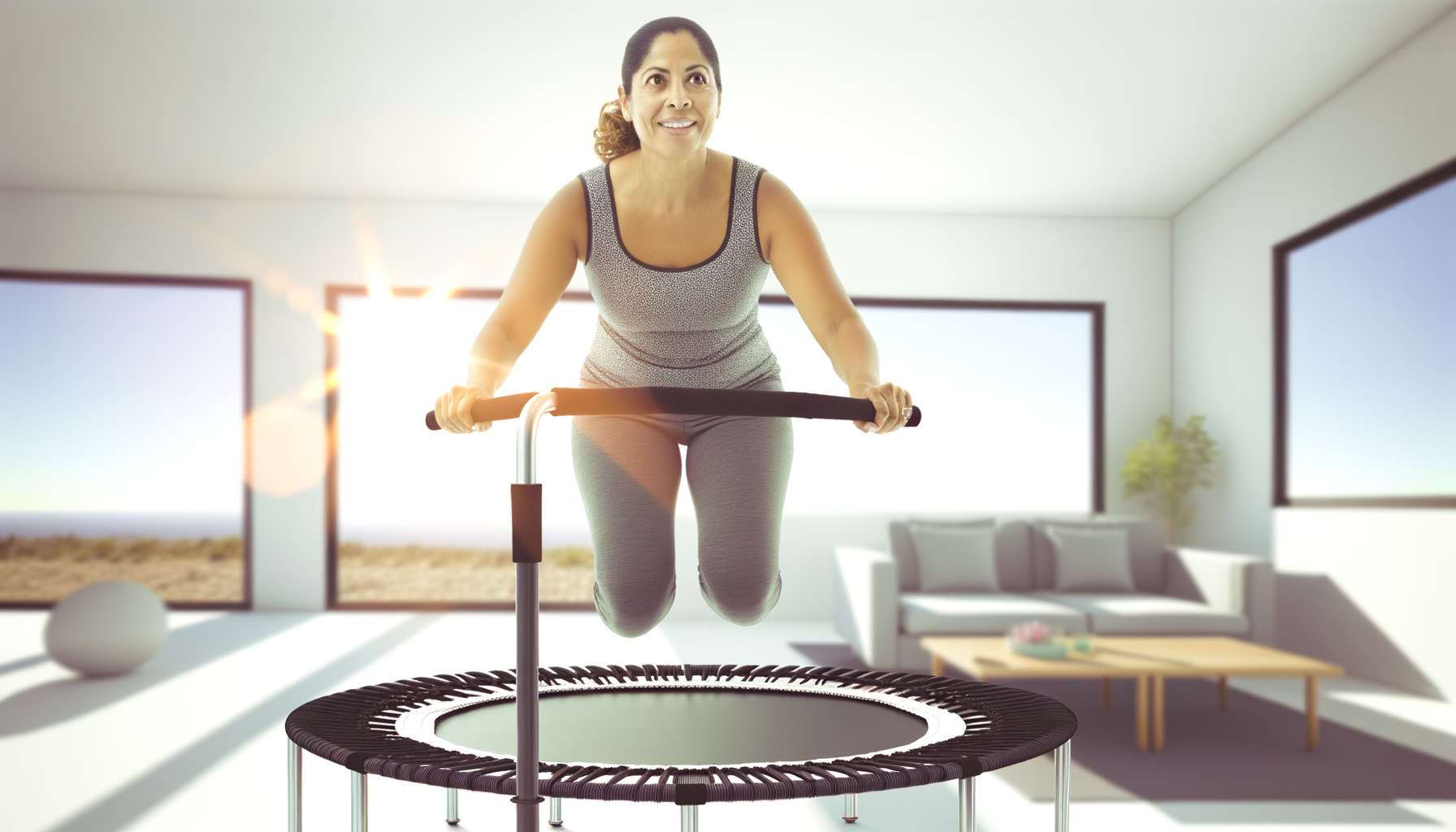Menopause and Estrogen’s Role
Menopause marks a significant transition in a woman’s life, typically occurring between the ages of 45 and 55. It is characterized by the cessation of menstrual periods, signaling the end of natural reproductive fertility. This biological shift is primarily driven by a decline in estrogen production from the ovaries. Estrogen, a hormone pivotal to female reproductive health, also plays a crucial role in maintaining bone density. As estrogen levels drop during menopause, women face an increased risk of osteoporosis—a condition where bones become fragile and more susceptible to fractures.
Statistics on Osteoporosis in Women
Osteoporosis predominantly affects women, with postmenopausal women at the highest risk. Approximately one in two women over the age of 60 will experience at least one fracture due to osteoporosis. This stark statistic underscores the importance of understanding the interplay between menopause and bone health. The loss of bone mass can begin in the perimenopausal phase, with women potentially losing up to 10% of their bone mass in the first five years following menopause.
The Importance of Preventative Measures
Given the significant impact of menopause on bone health, preventative measures are essential. These include maintaining a balanced diet rich in calcium and vitamin D, engaging in regular weight-bearing exercise, and avoiding lifestyle choices that may exacerbate bone loss, such as smoking and excessive alcohol consumption. For some women, hormone replacement therapy (HRT) may be considered to mitigate the effects of decreasing estrogen levels on bone density. However, the decision to use HRT should be made in consultation with a healthcare provider, taking into account the individual’s health profile and risk factors.
What is Rebounding?
Definition and History of Rebounding
Rebounding is a form of exercise that involves bouncing on a mini-trampoline, known as a rebounder. This low-impact cardiovascular workout has gained popularity due to its numerous health benefits and accessibility. The history of rebounding dates back to the 1930s when trampolines were first invented for gymnastic and acrobatic training. However, it wasn’t until the 1980s that rebounding emerged as a fitness trend, with advocates praising its effectiveness for improving aerobic fitness, balance, and coordination.
NASA’s Research on Rebounding
Bolstering the credibility of rebounding, NASA’s research in the 1980s found that this form of exercise was not only beneficial for astronauts recovering from the effects of zero gravity in space but also remarkably efficient. The study concluded that rebounding can help in regaining muscle mass and bone density, which are compromised during long space missions. NASA identified rebounding as a more effective form of exercise than running, highlighting its potential to counteract the detrimental impacts of weightlessness on the body.
Rebounding as a Low-Impact Exercise
One of the most significant advantages of rebounding is its status as a low-impact exercise. Unlike high-impact activities that can be harsh on the joints, rebounding provides a cushioned landing surface that reduces the risk of injury. This makes it an ideal workout for perimenopausal and menopausal women who may be dealing with joint sensitivity or are at an increased risk of osteoporosis. The gentle bouncing motion stimulates the skeletal system, promoting bone density without the jarring effects associated with other forms of exercise. Additionally, the g-force experienced during rebounding helps strengthen the musculoskeletal systems efficiently, making it a powerful tool for maintaining bone health and overall fitness.
Health Benefits of Rebounding for Perimenopausal and Menopausal Women
Supporting the Endocrine System and Hormone Balance
During the transition into menopause, women experience significant fluctuations in hormone levels, particularly estrogen. Rebounding can be a supportive exercise for the endocrine system, which is responsible for hormone production and balance. The lymphatic drainage that occurs during rebounding helps the body eliminate toxins and waste products, which can contribute to maintaining a more stable hormone environment. This is particularly beneficial for perimenopausal and menopausal women who are adjusting to new hormonal landscapes.
Improving Balance, Coordination, and Motor Skills
As estrogen levels decline, women may notice a decrease in their physical stability. Rebounding is an excellent way to improve balance, coordination, and motor skills. The act of bouncing on a rebounder requires the body to constantly adjust to maintain equilibrium, which strengthens the core and stabilizes muscles used for balance. This can help prevent falls and injuries, which are of particular concern as bones become more fragile with age.
Potential Benefits for Pelvic Floor Health
Menopause can lead to weakening of the pelvic floor muscles, resulting in issues such as incontinence and reduced sensation. Rebounding engages the deep core muscles, including those in the pelvic floor. The gentle, repetitive motion can help to rebuild the muscles and ligaments in the pelvis, potentially alleviating some of the common pelvic floor concerns experienced during menopause.
Enhancing Bone Density and Strength
Osteoporosis is a significant risk for women post-menopause due to the decline in estrogen, which is crucial for bone preservation. Rebounding is a low-impact exercise that can help build bone density without putting undue stress on the joints. NASA’s research has shown that rebounding can be effective in regaining bone density and muscle mass, making it an ideal exercise for women looking to protect and strengthen their bones during and after the menopausal transition.
Boosting Oxygen Levels and Cellular Health
Rebounding is not only beneficial for bones and muscles; it also enhances oxygenation of the body. Increased oxygen levels can lead to improved cellular health and have anti-aging effects. The aerobic nature of rebounding ensures that oxygen is efficiently circulated throughout the body, nourishing cells and supporting overall vitality.
Elevating Mood with Happy Hormones
Menopause can often bring about mood swings and emotional distress. Engaging in rebounding can trigger the release of endorphins, often referred to as happy hormones. These natural mood lifters can help combat feelings of depression and anxiety, providing a sense of well-being. The fun and playful nature of rebounding can also be a joyful activity that helps elevate mood and improve mental health during a time that can be challenging for many women.
By the way, something for you, a little gift!!!
I am just in the middle of publishing my book. It’s about How women can balance their hormones. One part is about food and diet, of course.
Follow this link and enter your email.
I will send you this part of the book for free once the book is published. It has many concrete, practical tips and recipes and will help you feel better during menopause or times of Big hormonal fluctuations.
Annette, Damiva Lead for Health & Wellness

Getting Started with Rebounding
Choosing the Right Rebounder
Embarking on your rebounding journey begins with selecting the appropriate equipment. A rebounder, often referred to as a mini-trampoline, is the cornerstone of this exercise. When choosing a rebounder, consider the following factors:
- Quality of Construction: Look for a sturdy frame and high-quality springs or bungee cords that can withstand regular use.
- Size: Ensure the rebounder fits comfortably in your home space while providing enough surface area for safety and freedom of movement.
- Comfort: A mat with the right tension can reduce impact on your joints. Test different models to find one that feels good underfoot.
- Maximum Weight Capacity: Check the manufacturer’s specifications to ensure the rebounder can support your weight securely.
- Additional Features: Some rebounders come with handlebars for extra stability or foldable designs for easy storage.
Investing in a high-quality rebounder ensures a safer and more enjoyable experience, which is crucial for maintaining a consistent exercise routine.
Basic Rebounding Exercises for Beginners
Once you have your rebounder, it’s time to start with some basic exercises. As a beginner, focus on getting comfortable with the movement and building your confidence. Here are a few exercises to get you started:
- Health Bounce: Gently bounce without lifting your feet off the mat. This low-impact movement helps you get used to the rebounder.
- Basic Jump: Progress to a gentle jump, allowing your feet to leave the mat slightly. Keep your core engaged and maintain a straight posture.
- Side-to-Side: Shift your weight from one foot to the other, moving side-to-side. This helps improve balance and coordination.
- Twist: Add a twist at the waist as you bounce to engage your core and add a fun element to your routine.
Start with short sessions, gradually increasing the duration as your fitness improves. Remember to warm up before and cool down after your rebounding session to prevent injury.
Progressing with Advanced Rebounding Techniques
As you become more adept at rebounding, you can introduce advanced techniques to challenge yourself further:
- High Knees: Lift your knees higher as you jump to increase the intensity of your workout.
- Jumping Jacks: Perform jumping jacks on the rebounder to boost cardiovascular fitness and work multiple muscle groups.
- Running in Place: Mimic running movements on the rebounder for a high-intensity workout that’s still low-impact on your joints.
- Strength Training: Incorporate hand weights or resistance bands to add a strength component to your rebounding routine.
As you progress, listen to your body and only move on to more challenging exercises when you feel ready. With consistent practice, you’ll notice improvements in your strength, balance, and overall fitness.
Rebounding offers a unique combination of health benefits and fun, making it an excellent choice for perimenopausal and menopausal women looking to enhance their well-being. By starting with the right equipment, mastering the basics, and then progressing to more advanced techniques, you’ll set yourself up for a successful and enjoyable rebounding experience.

Common chemicals can hurt your gut health, your skin health, your mental health, and immune system.
Do you know the three main ways that your body gets in touch with harmful chemicals?
Knowledge is Power!
The Ultimate Detox Guide will tell you how to lower your exposure to harmful chemicals!
Rebounding Classes and Resources
Online Rebounding Classes
For perimenopausal and menopausal women looking to incorporate rebounding into their fitness routine, the convenience of online classes cannot be overstated. Online rebounding classes offer the flexibility to work out from the comfort of your home, at a time that suits your schedule. These classes are led by certified instructors who guide you through various exercises, ensuring that you perform each movement correctly and safely.
Many online platforms provide a range of classes that cater to different fitness levels, from beginners to advanced rebounders. These classes often include a mix of cardio, strength, and flexibility workouts, all utilizing the rebounder. Some platforms may require a subscription, while others offer pay-per-class options, giving you the freedom to choose what works best for your lifestyle and budget.
Benefits of online rebounding classes:
- Convenience of exercising at home
- Flexible scheduling
- Access to a variety of workouts
- Guidance from professional instructors
- Community support through online forums and groups
Finding Rebounding Workouts on YouTube
YouTube is a treasure trove of free rebounding workout videos. It’s an excellent resource for those who prefer a self-guided approach or are looking to supplement their existing workout regimen. You can find a plethora of rebounding routines on YouTube, ranging from short, focused sessions to longer, full-body workouts.
To get started, simply search for “rebounding workouts for menopause” or “low-impact trampoline exercises,” and you’ll be presented with a variety of options. Look for channels that specialize in rebounding or have certified fitness professionals leading the workouts. It’s important to consider the credibility of the instructor and the quality of the content to ensure you’re following safe and effective routines.
Tips for using YouTube rebounding workouts:
- Check the comments and ratings for feedback on the workout’s effectiveness
- Subscribe to reputable fitness channels for regular updates
- Create a playlist of your favorite rebounding workouts for easy access
- Pay attention to the instructor’s cues and modifications to match your fitness level
- Combine different types of workouts to keep your routine fresh and challenging
Whether you choose online classes or YouTube workouts, rebounding is a fun and effective way to enhance your fitness during peri/menopause. With the right resources at your fingertips, you can jumpstart your journey to better health and well-being.

From unhappy, dry, and sandpaper to silky, smooth and feeling good. That’s Cleo. Cleo is a 100% natural labial balm to moisture and soothe “your other lips”. Cleo is chemical-free, water-free, pH optimized and helps maintain and restore your delicate labial skin’s natural flora. Ideal for daily use or as needed. Get the most silky, lovable lips ever.
Safety Considerations and Best Practices
Addressing Pelvic Floor Concerns
Perimenopausal and menopausal women may experience weakening of the pelvic floor muscles, which can lead to incontinence and other pelvic health issues. Rebounding, as a low-impact exercise, can be beneficial for strengthening these muscles. However, it is crucial to approach rebounding with caution if pelvic floor concerns are present. Women with severe pelvic floor dysfunction should consult a pelvic health specialist before starting a rebounding routine. Additionally, incorporating pelvic floor exercises, such as Kegels, into the rebounding session may enhance pelvic health and provide added support during the workout.
Ensuring Proper Equipment and Setup
The quality and condition of the rebounder can significantly impact safety during exercise. It is essential to choose a rebounder with a sturdy frame, strong springs or bungee cords, and a resilient mat that can support the user’s weight. The equipment should be regularly inspected for any signs of wear or damage, such as tears in the mat or loose springs, which could pose a risk of injury. The rebounder should be placed on a flat, non-slip surface to prevent any movement during use, and adequate space should be allowed around the equipment to ensure safe mounting and dismounting.
Clothing and Footwear Recommendations
Proper attire can also play a role in ensuring a safe rebounding experience. Participants should wear comfortable, breathable clothing that allows for a full range of motion. Supportive footwear is recommended, especially for those with foot or ankle issues, to provide stability and cushioning during the exercise. Alternatively, rebounding can be performed barefoot or in socks with grips to enhance proprioception and foot muscle activation, provided the rebounder’s surface is not abrasive.
Consulting Healthcare Providers Before Starting
Before beginning any new exercise regimen, including rebounding, it is advisable for perimenopausal and menopausal women to consult with their healthcare provider. This consultation is particularly important for individuals with existing health conditions, such as osteoporosis, cardiovascular issues, or joint problems. A healthcare provider can offer personalized advice and may suggest modifications or alternative exercises to accommodate any health concerns.
Rebounding offers numerous health benefits that can be particularly advantageous during perimenopause and menopause. However, safety should always be a priority. By addressing pelvic floor concerns, ensuring proper equipment and setup, wearing appropriate clothing and footwear, and consulting healthcare providers before starting, women can enjoy the advantages of rebounding while minimizing the risk of injury. With these safety considerations in place, rebounding can be a fun and effective way to support a healthier menopause transition.

Bette 100% All-Natural Relaxing Lavender Body Lotion.
Chemical-Free
Your relaxing night time body moisturizer to leave the day’s stress behind. Decompress and wish your body good night with the calming scent of lavender.
Embracing Rebounding for a Healthier Menopause Transition
Throughout this article, we’ve explored the multifaceted benefits of rebounding, especially for perimenopausal and menopausal women. Rebounding, a dynamic low-impact exercise performed on a mini-trampoline, has been shown to support endocrine system health and hormone balance, which is crucial during a time of significant hormonal shifts. It also improves balance, coordination, and motor skills, countering the effects of aging on our physical capabilities.
Moreover, rebounding has potential benefits for pelvic floor health, which can be particularly advantageous for women experiencing weakening in this area. It’s also an excellent way to enhance bone density and strength, combatting the increased risk of osteoporosis associated with menopause. The aerobic nature of rebounding boosts oxygen levels and cellular health, and the activity itself can lead to the release of ‘happy hormones’ that elevate mood and overall well-being.
Personal Testimony and Encouragement
As someone who has personally embraced rebounding, I can attest to its transformative impact. Initially skeptical, I found that incorporating rebounding into my routine not only improved my physical health but also became a cherished source of joy and stress relief. I encourage you to approach rebounding with an open mind and a willingness to try something new. The sense of community, both online and in-person, can be incredibly supportive as you navigate this transition.
Final Thoughts on Starting a Rebounding Routine
Embarking on a rebounding routine doesn’t have to be daunting. Start with choosing the right rebounder that suits your needs and space. Begin with basic exercises and gradually progress to more advanced techniques as your confidence and fitness levels increase. Remember, the key is consistency and finding enjoyment in the process.
As with any new exercise regimen, it’s important to consider safety considerations and best practices. Ensure you have the proper equipment and setup, and consult with healthcare providers before starting, especially if you have existing health concerns. With the right approach, rebounding can be a safe, fun, and highly beneficial addition to your menopause management plan.
In conclusion, rebounding offers a unique combination of health benefits that are particularly relevant for women in perimenopause and menopause. It’s an exercise that can adapt to your individual needs and evolve with you. So why not give it a bounce? Your body—and mind—will thank you for it.










